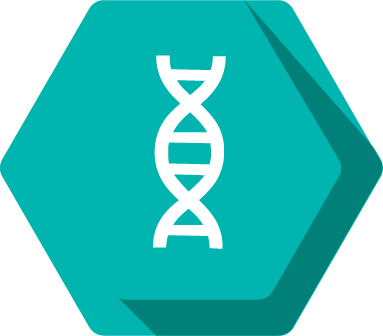Jorden Thompson

Pronouns: he/him/his
Research Mentor(s): Yang Zhang, Professor
Research Mentor School/College/Department: Department of Computational Medicine & Bioinformatics, Michigan Medicine
Presentation Date: Thursday, April 22, 2021
Session: Session 2 (11am – 11:50am)
Breakout Room: Room 17
Presenter: 2
Abstract
Designing proteins in an attempt to create treatments for illnesses is a cutting-edge area of research and has limitless possibilities in the field of medicine. One particular area of illness that could benefit from the protein design is cancer. Cancer occurs when there is a mutation in the genetic sequence that codes for a protein and, when produced by a cell, this mutated protein behaves abnormally in the form of loss of function, a gain of a new function, or hyperactivity. One of the leading ideas for treating cancer is the specific targeting of misbehaving proteins in an attempt to eliminate or correct their behavior. To accomplish this, new programs need to be developed to predict and design the structure of a folded protein and isolate protein-protein interactions that can be used to target the protein in question. This research project uses newly developed prediction programs, EvoDesign and EvoEF2, to design the novel structure of one of the proteins in a protein-protein interaction relevant to cancer and found in nature. The programs aim to accomplish this using energy functions and evolutionary patterns. For this study, an analysis was done on an oncogenic Ras mutant, and novel interacting partner protein sequences based on the native Raf scaffold were designed using EvoEF2. The designed protein partners were then compared to the native one. The analysis showed that the designed partners of this study had greater binding affinities for the mutant Ras sequence than the native partner did, and all protein-protein interactions with the designed partners were more energetically favorable than the native protein-protein interactions. Wet lab testing would be required to test the feasibility and binding of some of the best (most favorable) designs.
Authors: Jorden Thompson, Xiaoqiang Huang, Yang Zhang
Research Method: Laboratory Research







